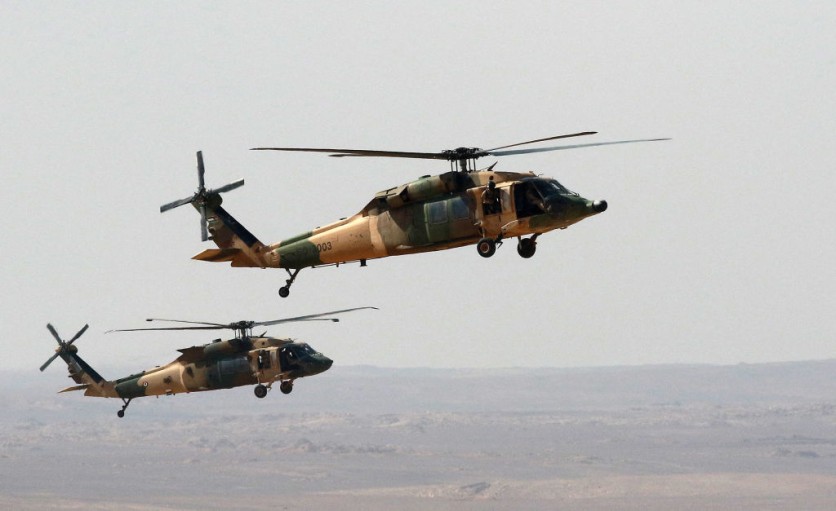The Defense Advanced Projects Agency (DARPA) has flown an unmanned Black Hawk helicopter autonomously during two missions, as reported by Interesting Engineering.

Lockheed Martin's Sikorsky company is the one behind the autonomous software, the MATRIX, which made it possible for the helicopter to be flown autonomously. It was also able to resupply internal and external cargo and even conduct rescue operations even with no pilot on board.
The MATRIX
The technology is ready to transition to the army for its helicopter fleet. Aside from the safety and reliability that the software brings, it also allows for higher chances of survivability in high threat situations. In fact, unmanned or reduced crewed helicopters can conduct important and life-saving missions whether day or night.
How it Worked
Pilots activated the MATRIX system to allow for full control to the flight computer. Then, the helicopter was able to accomplish a medical resupply mission and a cargo delivery. There were two missions that the unmanned Black Hawk helicopter performed. The first one saw it flew 83 miles with 400 units of real and simulated blood on-board.
The second mission had the helicopter loaded with a 2,600-pound external load attached to a 40-foot sling. It then flew at 100 knots for 30 minutes.
During these flights, the helicopter was redirected, simulating a situation where a threat must be neutralized near the main landing site.
More Flexibility in How Pilots are Used
With the experiment, it shows that there could be a future where helicopters will be able to fly complex missions even with no pilot on board. As a result, this will allow for greater flexibility in how pilots are used, especially in dangerous environments or areas with poor visibility.
DARPA and Sikorsky stated that they will continue to work on the autonomous Black Hawk technology for military operations.
The Future of Autonomous Helicopters
Advanced unmanned Black Hawk helicopters will be able to be used in the future by the army. This means that it could be used in the upcoming battlefields. It could be used for faster and safer deliveries of supplies or for conducting search and rescue operations.
The real test for this new generation of technology is how it will be used in the battlefield. The use of unmanned technology could be a valuable asset for the US as it could save more soldiers' lives.
While unmanned technology has already been used in other missions, it is the first time that it is used in an actual battlefield.
DARPA and Sikorsky achieved a huge feat when they made a Black Hawk helicopter fly autonomously in two different missions. Aside from that, the technology brings important improvements and new capabilities to the helicopter fleet of the US military. The MATRIX technology can fly a helicopter even if there is no pilot on board.
Not only will it increase safety during missions, it could be used as an invaluable tool in search and rescue or as an emergency response unit. It could also be used to provide medical support or to deliver much needed supplies and materials to wherever it is needed.
The MATRIX and autonomous Black Hawk technology is the start of a great and innovative future for the unmanned aviation industry.
Related Article: Volvo XC90 Designed To Crash Land Like A Black Hawk Helicopter, In Case You Find Yourself Flying
This article is owned by Tech Times
Written by April Fowell
ⓒ 2025 TECHTIMES.com All rights reserved. Do not reproduce without permission.




